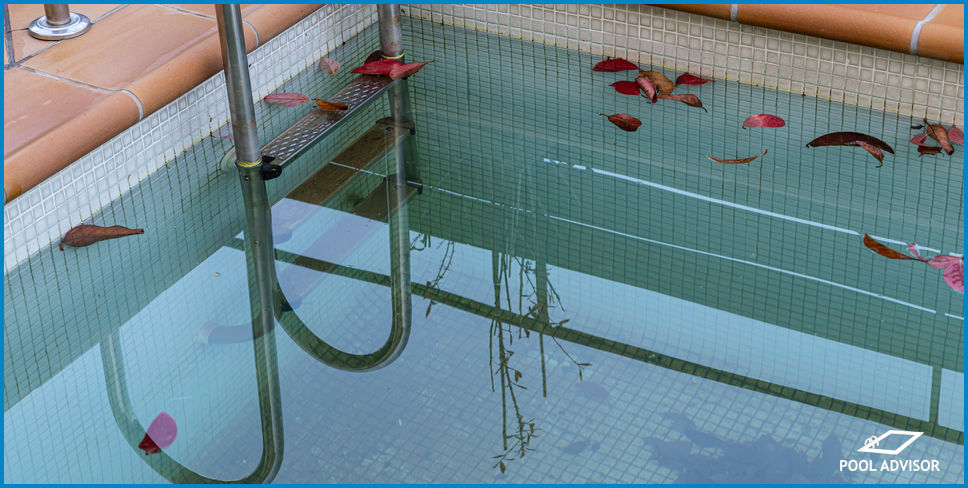
Phosphate Remover Or Algaecide - Which Should I Use?
Phosphate removers and algaecides are both products that can make it more difficult for algae to survive in your pool.
While phosphate removers are not directly toxic to algae cells in the same way as algaecides, both of these products have unique qualities that work to prevent algae in your pool.
In this article, we will talk about how phosphates affect your pool, the main differences between algaecides and phosphate removers, and whether you should use phosphate remover or algaecide for your pool.
What Are Phosphates?
Phosphates are an organic nutrient that often exists in your pool as a byproduct of decomposing organic debris.
When organic debris such as leaves, twigs, bugs, or yard trimmings enter your pool and remain in your water, they slowly start to decompose far before they may appear rotten. As this process occurs, they release nutrients into the water, such as phosphates.
While high levels of phosphates are concerning in a swimming pool, all swimming pools contain some phosphates. Phosphates should be kept below 500 parts per billion (ppb), which is when they start to become a concern.
Phosphates are concerning in swimming pools because they are a food source for algae and other microscopic organisms in your water such as bacteria. High phosphate levels increase the chances of prolific and stubborn algae infestations as well as bacterial growths.
Phosphate Remover vs. Algaecide - Main Differences
Phosphate remover is to be used when your phosphate levels rise to 500 ppb or above. By removing high levels of phosphates from your water, you are depleting the food source that algae requires to survive.
While removing phosphates is an essential step in preventing algae growths from reoccurring, removing phosphates is not enough to kill off existing algae in your pool. To kill off algae in your pool, you will need to perform shock treatments, followed by the use of an algaecide.
Though it is unknown to many, algaecides are intended to be used as a preventative product. This means that neither phosphate removers or algaecides are intended to be a first line of treatment against an active algae problem.
Because the constituents in algaecides are toxic and deadly to algae cells, these products are often used in the course of treating algae problems regardless.
While it is essential to use a shock treatment as a first defence against active algae, using an algaecide afterwards can be helpful as they last in your water for several months at a time and keep algae from redeveloping.
Should You Use Phosphate Remover Or Algaecide?
If you have an active algae problem, the answer is neither. The first product you should use to treat your algae infestation is a shock treatment. Once that is completed, you can then determine if using a phosphate remover is beneficial in your situation.
To do so, you will first need to test your phosphate levels using a phosphate test kit. If you find that your levels are above the appropriate range, it is advisable to use a phosphate remover. These products are sometimes referred to as starvers.
If you do not have high levels of phosphate that read at 500 ppb or above, or if you have already corrected these high phosphate levels, you might want to then consider using an algaecide.
Using a preventative dosage of an algaecide is a great way to keep algae from redeveloping in your pool, and this approach takes much less effort than cleaning up any active algae growths.
Use this calculator to work out how much algaecide to add to your pool, and avoid creating excess algaecide foam.

Louis
A chemical engineer by trade, Louis is committed to debunking myths in the pool industry by explaining the underlying chemistry and making it accessible to all.
